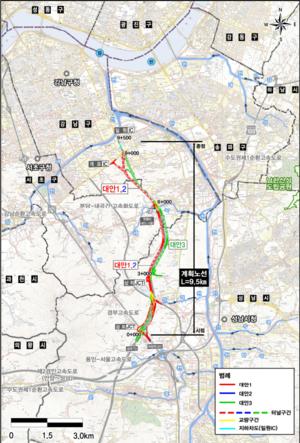 |
With the emerge of a new delta mutant of the Covid-19 virus, the number of people who get contaminated in South Korea has once again reached over 1000 and is still growing. As the pandemic is spreading rapidly, scientists must respond to the pandemic faster than ever. It is where physics came in to help the scientists face the pandemic.
Physics-based technology plays a huge role in the field of structural biology, which is crucial in facing the pandemic. The vast majority of biological macromolecules were obtained through X-ray crystallography when John Desmond Bernal and Dorothy Hodgkin recorded a crystallized protein's first X-ray diffraction pattern. From this point, the use of X-ray crystallography has been widely being used. For example, the analysis of SARS-CoV-2 on February 6 by a research team led by Zihe Rao and Haitao Yang at ShanghaiTech University in China uploaded the structure of the virus's main protease to the Protein Data Bank after obtaining the dataset using X-ray crystallography.
Although some molecules refuse to be crystallized, there is still an alternative which is a technique called a cryo-EM. This technique uses a solution containing the biomolecule or complex of interest applied to a sample grid as a thin layer. The grid is flash-frozen in liquid ethane to verify the sample, which is then imaged by the electron microscope with low doses of electrons to minimize the radiation damage towards the biomolecule of interest. Since single molecules are imaged directly, there is no need for crystallization.
With these techniques, the analysis of viruses has been able to take a huge step. Although scientists are able to fight back the pandemic with these methods, there still needs precautions in fighting the pandemic. But one sure thing is that without physics, this development would have been impossible.
COVID-19: 전염병 대응에서의 물리의 활약
코로나19 바이러스의 델타 변종이 새롭게 등장하면서 한국 내에서의 확진자 수는 다시 1000명을 돌파하여 계속 늘고 있다. 전염병이 빠르게 확산됨에 따라 과학자들은 누구보다 빠르게 전염병에 대처해야 하는데, 과학자들이 전염병에 대처하는 과정에서 의외로 물리가 활약을 많이 하게 된다.
전염병을 막기 위해 많은 비중을 차지하고 중요한 분야인 구조생물학에서 사용되는 기술은 물리에 많이 의존한다. 대부분의 생물학적 고분자는 John Desmond Bemal과 Dorothy Hodgkin이 결정화된 단백질에서 엑스레이 회절문양을 처음 기록하기 시작하면서 확인되었다. 이 시점부터 X-ray crystallography는 더욱 널리 사용될 수 있었다. 그 예로 ShanghaiTech University of China의 Zihe Rao와 Haitao Yang이 이끄는 연구팀은 2월 6일 X-ray cystallography를 사용해 SARS-CoV-2 바이러스의 주요 프로티아제 구조를 분석해서 Protein Data Bank에 올린 사례가 있다.
어떤 고분자는 쉽게 결정화가 되지 않지만, 이런 경우에는 대안으로 cryo-EM이라는 기술이 있다. 이 기술은 유기분자 또는 분석하고자 하는 분자를 얇은 막으로 형성해 고정시킨 뒤 액체 에탄에서 결빙시킨 뒤에 방사선 피해를 최소화하기 위해 낮은 양의 전자를 쏘아 전자현미경을 통해 이미지를 도출해 낸다. 하나의 분자가 직접적으로 이미지화되기 때문에 결정화 과정은 필요하지 않게 된다.
이 기술을 통해 바이러스를 분석하는 과정은 엄청난 발전을 이뤘다. 이 기술로 과학자들이 어느 정도 전염병들에 대응할 수 있게 되었지만, 전염병을 다루는 데에 있어서 아직 많은 주의가 필요하다. 하지만, 확실한 건 이 모든 기술과 과정은 물리의 발전없이는 이뤄낼 수 없었다는 것이다.
박준영 강남포스트 학생기자 webmaster@ignnews.kr
<저작권자 © 강남포스트, 무단 전재 및 재배포 금지>

 강남구, 성남~강남 민자고속도로 전략환경영향평가서 공청회
강남구, 성남~강남 민자고속도로 전략환경영향평가서 공청회


